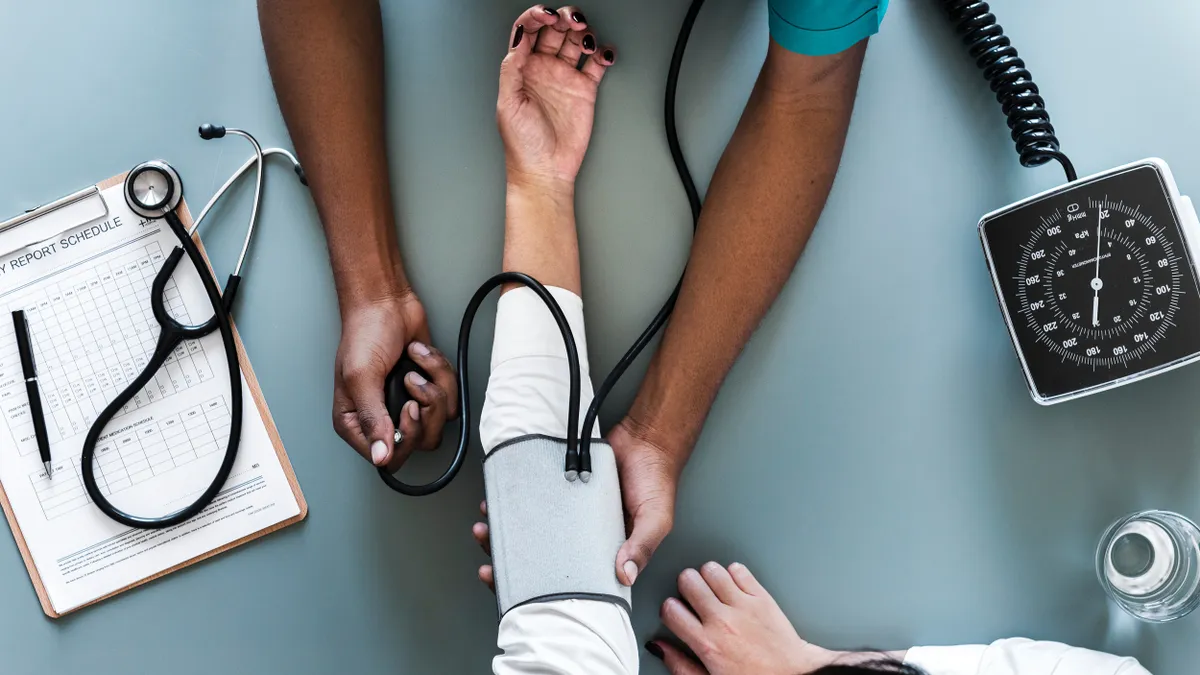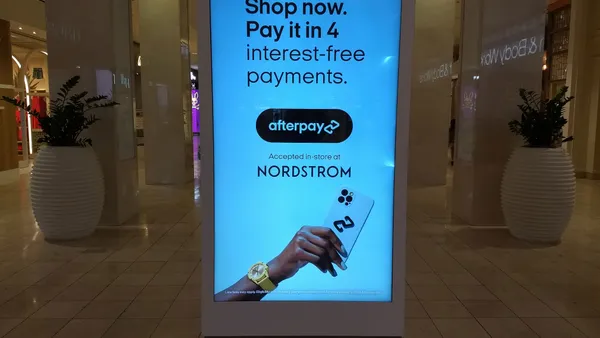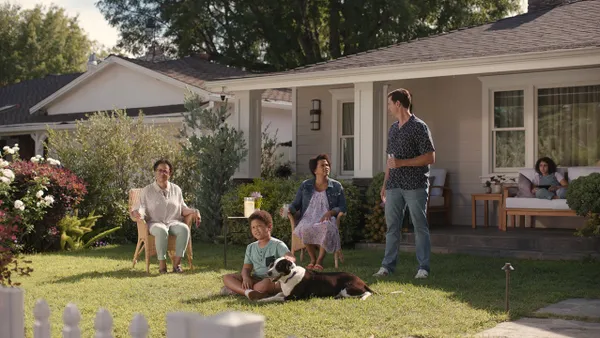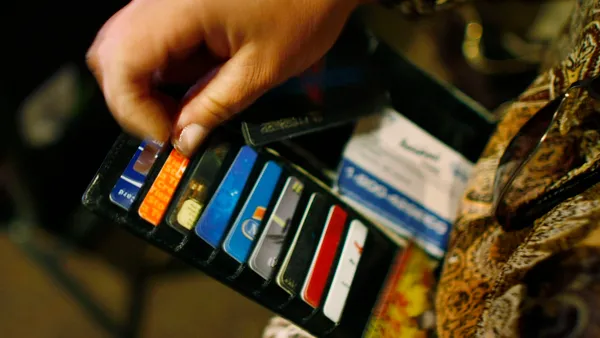The COVID-19 pandemic has redefined how health care is delivered as well as how people pay for it. On the delivery side, patients and doctors offices have embraced telehealth appointments; on the financial side, patients have turned to contactless payment modalities and phone apps to handle their balances.
Zotec Partners, a healthcare payment vendor, reports that the number of patients paying bills online rose nearly 200% from May 2020 to May 2021. The number of Zotec patients using time-of-service payments grew 55% in the same period.
That comports with a report from InstaMed, another healthcare payment company, which found an “unprecedented explosion of digital adoption in 2020. The pandemic lockdowns required the vast majority of consumers to find contactless ways to connect, it said.
InstaMed’s survey showed 54% of providers changed their contactless payment strategy, and 36% of providers adopted contactless payments for patient collection. Going forward, these options are likely to jump from nice-to-haves to necessities.
“You want to provide as many convenient options as possible,” Joe McMurray, Zotec’s senior vice president of patient experience said. By simplifying the payment process, healthcare organizations can reduce their bad debt and increase payments at time of service, thus contributing to profitability. “It improves propensity to pay.”
Healthcare payments two big dilemmas
Contactless payments have become commonplace in the retail sector, but healthcare lags behind.
Healthcare provider organizations face a two-pronged dilemma: first, the patient’s obligation amount often exceeds what they can pay; they need some form of financing or lay-away plan.
Second, patients demand a convenient and easy payments process, and more information on their financial responsibility, sooner in the process.
New payment options from technology vendors offer a plausible solution to both these problems, Rick Gundling, senior vice president of professional practices at the Healthcare Financial Management Association said.
Mounting unpaid patient bills are a problem for the country’s hospitals, physicians practices, and health systems. A study published July 20 in JAMA found collection agencies hold $140 billion in overdue payments last year, up from an estimated $81 billion in 2016. Roughly 18% of U.S. families have medical debt in collections.
Providers are entitled to that revenue; if they don’t receive it, their operations are hobbled, capital investments are unfunded and services can’t be upgraded. At the same time, payers' claims denials have jumped 11% since the onset of the pandemic, according to a recent report.
“Some of that medical debt might be, people didn’t understand what they owe, they didn’t understand their payment options,” Gundling said. The online tools, preferably embedded into a cellphone app, not only estimate what the patient is likely to owe, after insurance payments and deductibles are taken into account, but offer the patient the chance to discuss payment options with the provider.
The rise of high-deductible health plans, bigger copays, and other kinds of insurance that put more onus on the patient means turning the patient into a consumer, McMurray said. “Consumers have different expectations around what the bill pay experience should be. Frankly, they expect a retail experience. That’s what we’re focused on: creating an experience that is simple, intuitive, and fast.”
The danger for healthcare providers, Frank Massi, a former industry consultant in revenue cycle management and payment systems, said, is that the traditional payments hassle will affect a patient's overall hospital experience. For the most part, people feel good about their doctors and hospitals, but hate the payments process.
Hospitals want a "loyal patient” who isn’t tempted to “leak” to competing providers, Massi said. A poor payment experience can sour the patient’s view of the healthcare organization. The InstaMed report found 56% of consumers would consider switching providers for a better healthcare payments experience.











